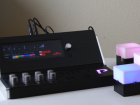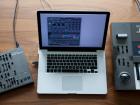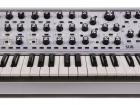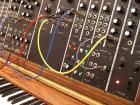7 Most Interesting Browser Based Vintage Synths

Post date:
The prices of many vintage synthesizers have skyrocketed in recent years, putting them out of reach of all but the most dedicated collectors. Fortunately, that doesn’t mean that it is impossible to experiment with the sounds of these vintage instruments. Thanks to a number of companies spending an obscene amount of hours replicating every faced of the synthesizers in software format, it is easier and more affordable than ever to mess around with some very sought after synths. What is incredible is that a few very dedicated people have also taken up the challenge of replicating vintage synthesizers straight from a browser window. While these can obviously never compete with the real hardware or the software synths that have been meticulously recreated using real hardware, they nevertheless make for interesting curiosities. Browser updates and the depreciation of certain technologies, such as Java, has resulted in many browser synths no longer work. Here are some of the best browser based vintage synths attempted by intrepid coders, so check them out before they are gone too.
Patchwork
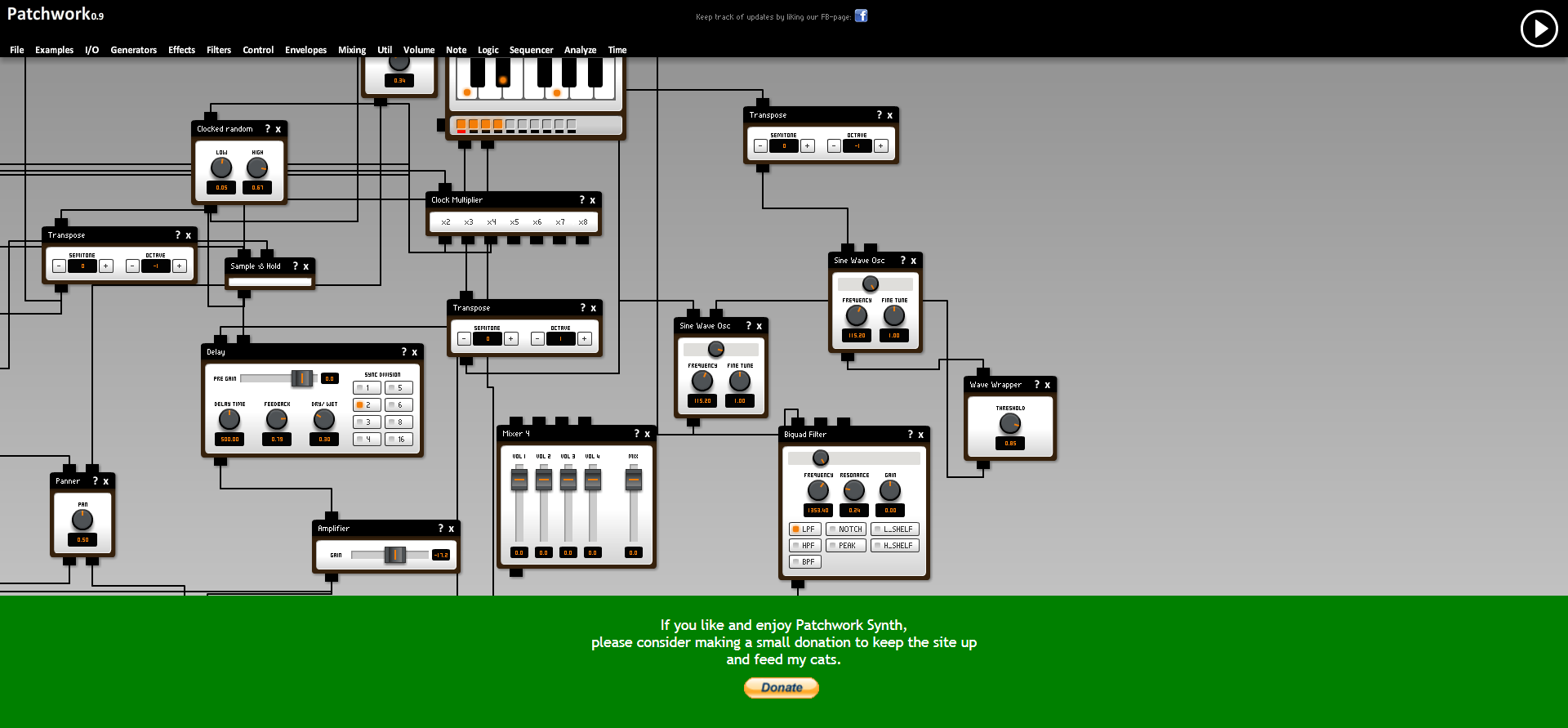
The creator of Patchwork describes it as an online virtual analog modular synth. Since all the sounds created by Patchwork are calculated and modulated in real time, you can make adjustments during playback. It’s not as intuitive as some of the other browser synths, but anyone that knows their way around the signal chain of a synth will be able to get quite creative with this one. Everything from envelopes to filters, effects and sequencers can be added with one click and then connected just like you want. Patchwork also allows you to save and open patches, so your creations won’t be lost when you exit your browser.
WebSynths
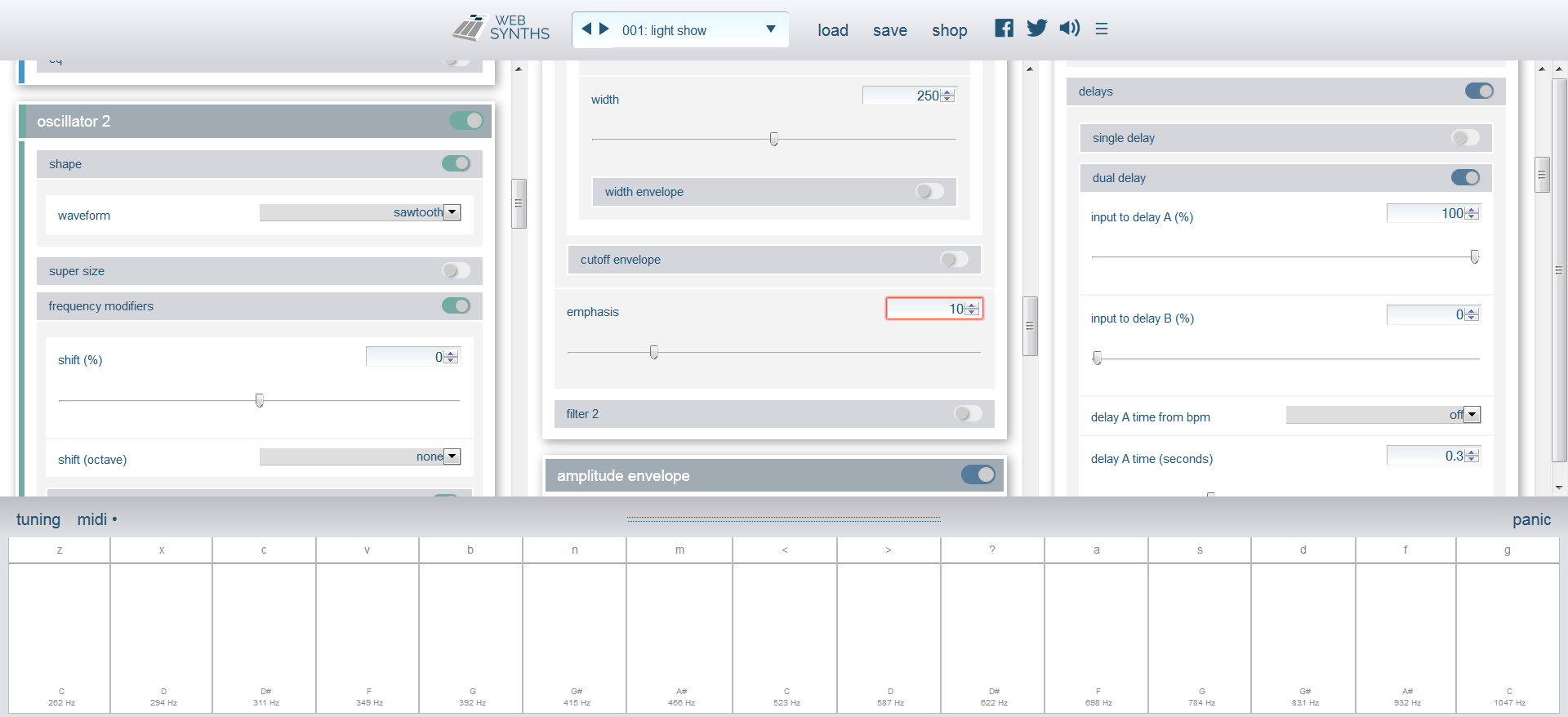
With a preset patch library consisting of more than 130 patches, WebSynths gives you plenty of options to mess around with. It also supports the saving and loading of user created patches and you can even load one patch’s microtonal tuning system into another. To trigger sounds, you can make use of your computer keyboard, mouse and even MIDI. As far as browser based synths goes, it is hard to beat what WebSynths has to offer and in the hands of experienced users, it is actually possible to coax some impressive sounds out of it.
Pixelsynth
![]()
While definitely not based on any actual vintage synthesizer, Pixelsynth is able to produce the kind of sounds often heard from modular synths. However, it is the way in which it produces these sounds that is truly unique. What it does is create audio from monochrome images and the results are quite interesting. While you can get some wild results from the thirteen included images, Pixelsynth also allow you to upload your own pictures or draw on the screen with your mouse cursor.
Acid Machine 2
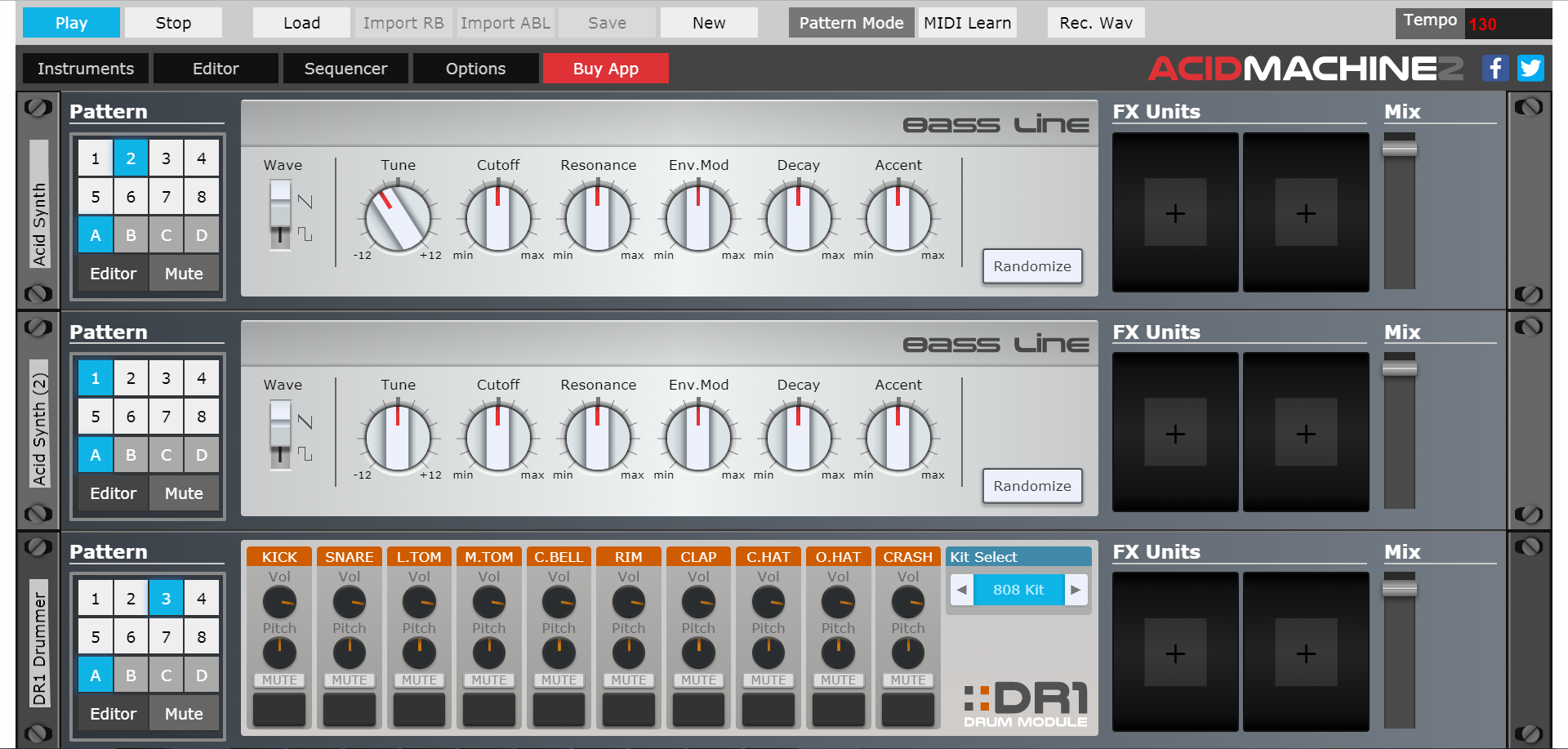
Those familiar with the Roland TB-303 monophonic synthesizer will be surprised to hear that it has inspired a browser based synth, called Acid Machine 2, which is available for free. Acid Machine 2 features a couple of 303 synths and a drum machine that can be tweaked to your heart’s content. While it is very comprehensive, Acid Machine 2 requires you to purchase the desktop version of the program if you want save functionality, ABL2 file import and Rebirth file import support.
WebModular
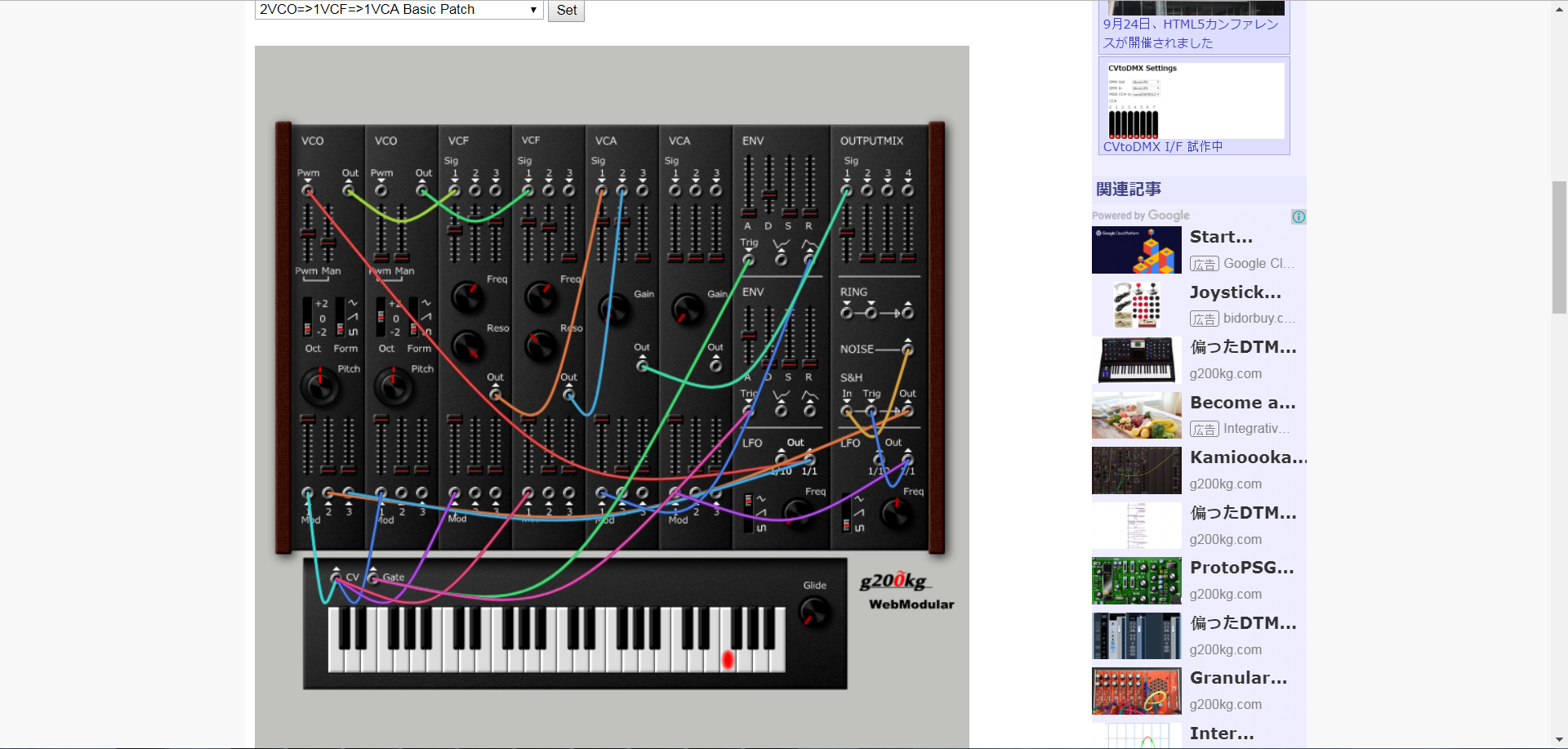
WebModular is another polished browser based modular synthesizer that is intuitive to use and able to produce some impressive results. It provides six preset routings, but you can also create your own one from scratch. To play notes with WebModular you can use your keyboard, mouse or Music Macro Language (MML). Unfortunately, WebModular lacks the ability to export your creations, but it does allow you to generate a unique URL that can be shared with friends, which enables them to listen to your tunes.
106.js
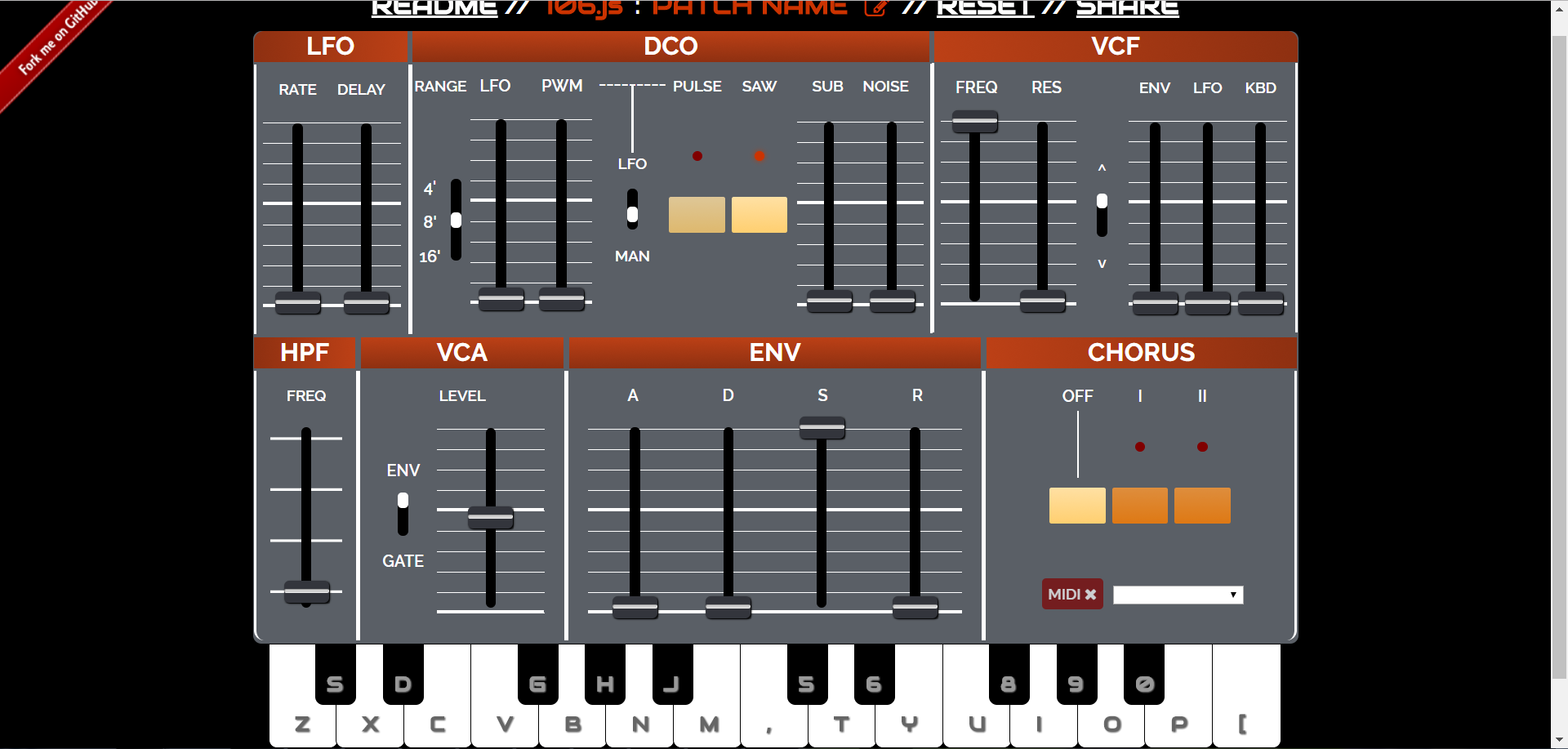
In case the name didn’t make it obvious, 106.js is an emulation of the Roland Juno-106 analog synthesizer that was written in Javascript. It obviously works best when you connect a MIDI keyboard, but you can also use your computer keyboard or mouse to mess around with it. Just like the original, 106.js is able to play up to six notes at a time and it even allows you to share the patches you create with it via a special URL. All the settings, from the low frequency oscillator and digitally controlled oscillator to the voltage controlled filter and envelope are present for you to tweak. In terms of sounds, 106.js probably wont’ fool anyone familiar with the original hardware, but it is a nice example of what can be accomplished with Javascript.
Victor NV-1
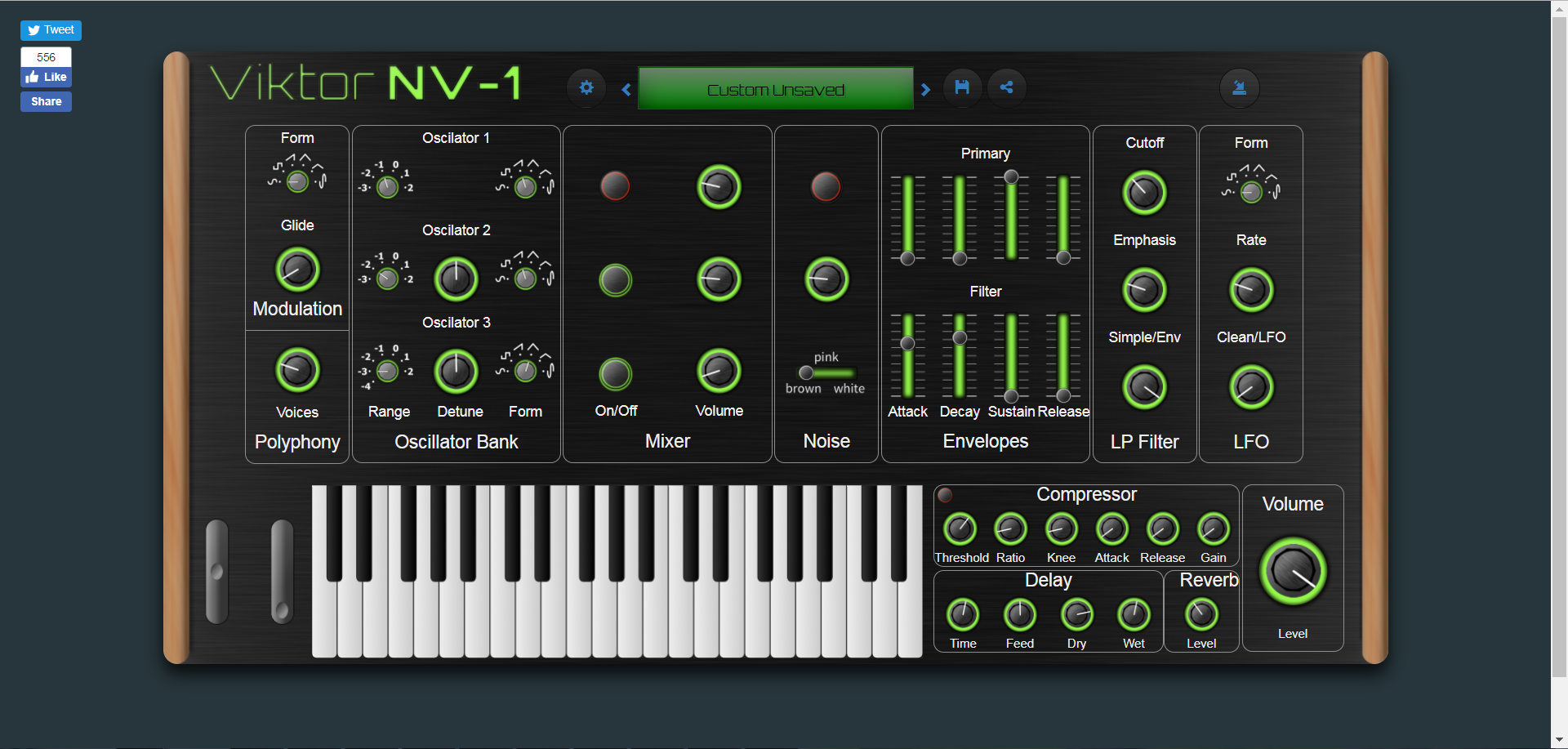
Viktor NV-1 is another browser based synthesizer with plenty of neat features. In addition to three oscillators, it has a primary and filter envelope, along with reverb, delay, LFO and much more. MIDI input is supported and the patches that you create can be saved or shared with others. The interface is very straightforward and overall Victor NV-1 is great for those times where you just want to mess around with some vintage synth sounds during your lunch break.

